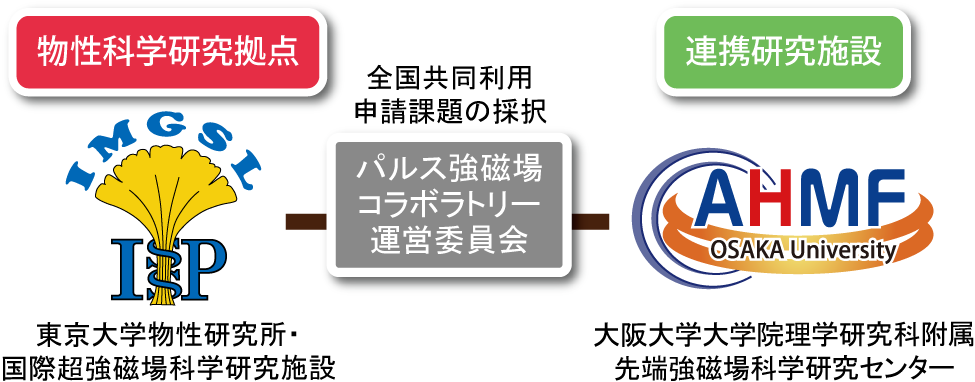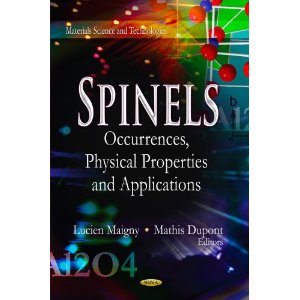About High Magnetic Field Laboratry at Osaka University
Purpose of Establishment
| “High Magnetic Field Laboratory” at Osaka University was founded in 1980 by emeritus Professor Muneyuki Date as the high magnetic field facility of the Faculty of Science. In 1987, the Laboratory was reorganized as a division of the Research Center for Extreme Materials. The Center was subsequently reorganized twice, in 1996, as the “Research Center for Materials Science at Extreme Conditions”, and again in 2006, as the “Center for Quantum Science and Technology under Extreme Conditions”. From April 2014, the high magnetic field division in the last KYOKUGEN center started as a new center named “Center for Advanced High Magnetic Field Science”belonging to Graduate School of Science. The Center consists of the following five divisions: “Research division of physics I”, “Research division of physics II”, “Research division of chemistry and biology”, “Research division of cooperation”, and “Support division for joint-research”. The steering committee of the Center is operated by members elected from some departments in Graduate School of Science. The full-time members in the Center conduct research and education as a cooperative class and an undergraduate course in the Department of Physics. |
| April 2014 (Director) Prof. Dr. Masayuki Hagiwara |
Future Vision
| According to “High Magnetic Field Collaboraory (coined word: collaboration + laboratory) Plan” based on “MasterPlan 2014”formulated by Science Council of Japan, the plan is to build a national joint-research base. As a first step, the steering committee of “Pulsed High Magnetic Field Collaboratory”was established by our center and International Megagauss Science Laboratory in the Institute for Solid State Physics, The University of Tokyo, and the national joint-research started from the fiscal year 2016. In addition, an agreement of cooperation and collaboration of high magnetic field research with research centers in Kobe and Fukui Universities (KOFUC network) was formalized on April 1, 2014. Academic exchanges and personnel training are conducted through these cooperation and collaboration. |
 |







